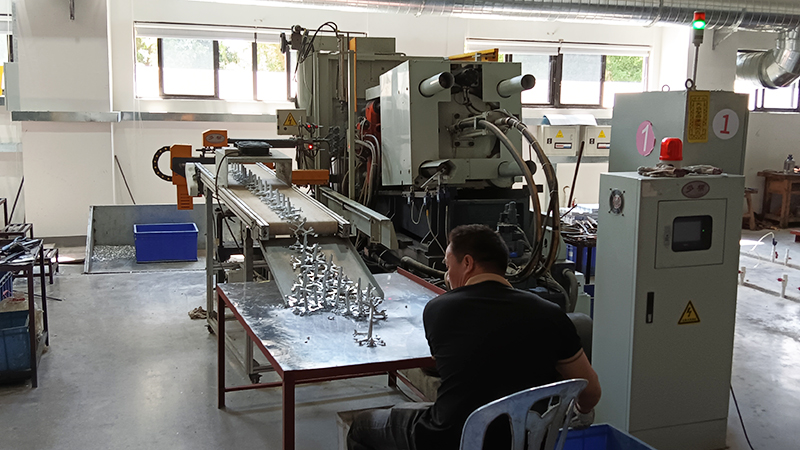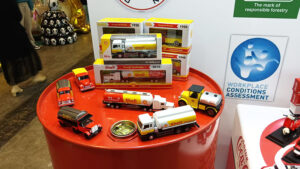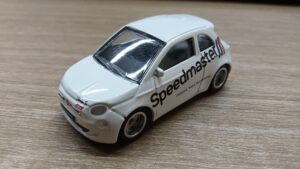Diecast cars are more than just toys; they are intricate replicas that capture the imagination of enthusiasts and collectors alike. The manufacturing process of these miniature vehicles is a fascinating journey that combines art, engineering, and technology. In this blog post, we will explore the detailed steps involved in creating diecast cars, from the initial design to the final product that rolls off the assembly line.
1. Concept and Design

The journey of a diecast car begins with an idea. Designers and engineers collaborate to create a concept that may be based on real vehicles, racing cars, or original designs. Using computer-aided design (CAD) software, they create detailed 3D models that include every aspect of the car, from its body shape to intricate details like headlights and grilles.
2. Prototyping

Once the design is finalized, a prototype is created. This stage often involves producing a 3D-printed model of the car. The prototype allows designers to evaluate the aesthetics and functionality of the car. Adjustments are made based on feedback to ensure that the final product meets both design and quality standards.
3. Tooling and Molding

With the prototype approved, the next step is to create the tooling and molds needed for production. This involves:
Die Creation: Steel dies are machined to form the various components of the diecast car. These dies will be used to shape the molten metal into the car’s body and parts.
Injection Molding: For parts made from plastic, injection molds are created. This includes components like windows, wheels, and interior details.
4. Diecasting Process

The heart of diecast car manufacturing is the diecasting process itself. Here’s how it works:
Material Preparation: The primary material used for diecasting is zinc alloy, known for its durability and excellent casting properties. The alloy is heated until it becomes molten.
Injection into Die: The molten metal is injected into the prepared dies under high pressure. This ensures that every detail of the design is captured.
Cooling and Removal: Once the metal has cooled and solidified, the dies are opened, and the cast parts are removed.
5. Surface Finishing

After the diecasting process, the raw components often require additional work to achieve the desired finish:
Trimming: Any excess material from the casting process is trimmed away.
Sanding and Polishing: Surfaces are smoothed to remove imperfections. This step is crucial for achieving a high-quality finish.
Painting and Detailing: The components are painted using various techniques, including spray painting and tampo printing, to add detail such as logos, racing stripes, and other design elements.
6. Assembly

With all parts finished, the next step is assembly. This involves:
Joining Components: The various parts of the diecast car, including the body, wheels, and interior, are assembled together.
Quality Control: Each assembled car undergoes rigorous quality checks to ensure it meets industry standards. This includes checking for paint quality, structural integrity, and overall aesthetics.
7. Packaging

Once the cars have passed quality control, they are packaged for distribution. The packaging is designed not only to protect the cars during transport but also to be visually appealing to consumers. Collectors often look for unique packaging designs that enhance the overall presentation of the diecast cars.
8. Distribution

Finally, the finished diecast cars are shipped to retailers and distributors around the world. Whether they end up on store shelves or in the hands of collectors, each car represents the culmination of a meticulous manufacturing process.
Conclusion
The manufacture of diecast cars is a complex yet rewarding process that combines creativity with precision engineering. From the initial design to the final product, each step is essential in ensuring that diecast cars not only look great but also stand the test of time. As collectors and enthusiasts continue to seek out these miniature marvels, the art of diecasting remains a vibrant and evolving industry. Whether you’re a seasoned collector or just starting out, understanding the manufacturing process adds a new layer of appreciation for these captivating creations.







